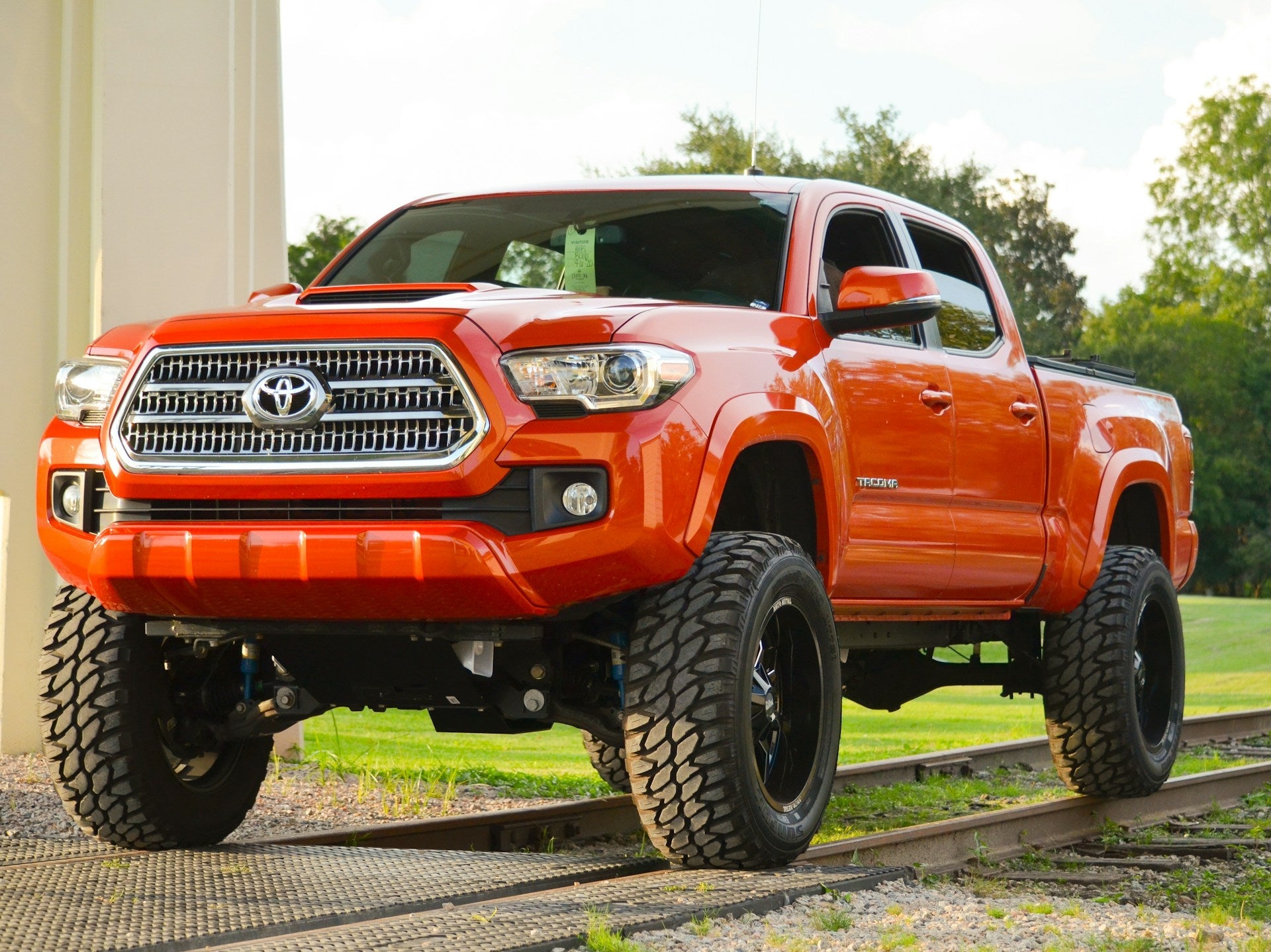When it comes to enhancing your vehicle’s look and comfort, car window tinting is a game changer. Not only does it offer a sleek appearance, but it also provides privacy and protects your interior from harmful UV rays. Whether you’re considering car window tinting for heat reduction, glare control, or simply a stylish upgrade, understanding the different types of tints and their benefits is crucial. With so many options available, making the right choice can feel overwhelming.
Understanding the different types of window tints and their benefits is crucial. Whether you're after heat reduction, glare control, or simply a stylish upgrade, knowing what to look for can help you make an informed decision. Let’s dive into the essential factors that will guide you in selecting the perfect window tint for your needs.
Factors to Consider When Choosing Window Tint
Choosing the right window tint involves several important factors that can affect both your vehicle and your experience. Consider the following aspects to make a well-informed decision.
Type of Window Tint Films
- Dyed Window Tint: Dyed films offer a darkened appearance and block some UV rays. They are often less expensive but may fade over time.
- Metalized Window Tint: Metalized films contain tiny metal particles that reflect heat and glare. They provide durability and scratch resistance, although they can interfere with electronic signals.
- Ceramic Window Tint: Ceramic films offer high heat rejection and UV protection without altering visibility. They maintain clarity, repel heat, and won’t fade or interfere with electronics.
- Carbon Window Tint: Carbon films block UV rays and heat while providing a matte finish. They are less reflective and resist fading, making them a popular choice.
Legal Regulations and Restrictions
- State Laws: Different states have various regulations regarding window tint darkness and reflectivity. Check your local laws to ensure compliance before applying any film.
- VLT Percentage: Visible Light Transmission (VLT) percentage indicates how much light can pass through your windows. Most states mandate a minimum VLT level for front windows.
- Windshield Limitations: Some regulations prohibit tinting on windshields or allow only a specific strip at the top. Review applicable laws to avoid fines.
- Exemptions: Certain individuals, such as those with medical conditions requiring special tint, may receive exemptions. Verify any eligibility requirements for such exceptions.
- Temperature Control: In hot climates, tint can reduce heat buildup in the vehicle, enhancing comfort. Select films known for high heat rejection to optimize efficiency.
- UV Protection: UV rays cause skin damage and fade upholstery. High-quality tints provide significant UV protection, helping preserve the interior and protect passengers.
- Energy Efficiency: Using window tint can decrease reliance on air conditioning, promoting energy savings. This not only benefits vehicle longevity but reduces environmental impact.
- Regrowth of Natural Resources: Reducing energy consumption via effective window tinting supports overall environmental sustainability, contributing to a decrease in fossil fuel usage.
Evaluating these factors ensures selection of the best window tint for your vehicle's needs, enhancing performance, compliance, and comfort.
Benefits of Window Tinting
Window tinting offers numerous advantages that enhance your vehicle's comfort and performance. Below are key benefits to consider when choosing window tint.
UV Protection
Window tint blocks up to 99% of harmful UV rays. This protection reduces the risk of skin cancer and minimizes the fading of your vehicle's interior. Using window tint improves your safety by shielding you from the sun's intense rays during long drives.
Energy Efficiency
Window tint boosts energy efficiency by reducing heat buildup inside your vehicle. It helps maintain a comfortable temperature, which decreases reliance on air conditioning. Lower energy consumption not only enhances your comfort but also contributes to fuel savings, making your driving experience more efficient.
Privacy and Aesthetics
Window tint adds an element of privacy, preventing prying eyes from peering into your vehicle. This feature enhances your security and peace of mind. Additionally, a stylish tint improves the overall aesthetics of your vehicle, providing a sleek, polished look that can elevate value and impression.
Steps to Choosing the Right Window Tint
Choosing the right window tint requires a systematic approach. You must assess your needs, compare options, and seek professional help if necessary.
Assessing Your Needs
Assess your specific requirements before selecting window tint. Consider factors such as your primary goals for tinting, whether it’s temperature control, privacy, glare reduction, or UV protection. Evaluate your vehicle usage patterns, including daily driving and exposure to sunlight. Understand that different window tints provide varying levels of darkness and reflectivity, which can influence your comfort and safety.
Comparing Different Options
Compare available window tint films based on material and performance characteristics. Dyed films offer a budget-friendly option but may not provide significant heat rejection. Metalized films enhance durability and reduce heat but can interfere with electronic signals. Ceramic films deliver superior heat rejection and UV protection, while carbon films balance performance and aesthetic appeal without interference. Review local legal regulations to determine compliance, as choosing the appropriate level of tint darkness and reflectivity is crucial for meeting regulations while achieving your desired look.
Seeking Professional Help
Consider consulting a professional installer to ensure quality and compliance. Professional installers possess expertise in selecting and applying the right film for your vehicle. They can assess your specific needs and recommend options based on your preferences and local laws. Additionally, they offer warranties that protect your investment and ensure longevity. Engaging a professional may save time and effort while providing peace of mind regarding the installation quality.
Common Mistakes to Avoid
Avoiding common mistakes when choosing window tint leads to better results and compliance. Focus on understanding regulations, conducting sufficient research, and selecting quality products.
Ignoring Local Laws
Ignoring local laws regarding window tint can result in fines and the need for removal. Each state has specific regulations about tint darkness, reflectivity, and windshield limitations. Before applying window tint, you must check your local laws to ensure compliance. Many jurisdictions require specific Visible Light Transmission (VLT) percentages. Familiarize yourself with these parameters to avoid legal troubles.
Skipping the Research
Skipping the research phase can lead to uninformed decisions. You should investigate various types of tint films—dyed, metalized, ceramic, and carbon. Each type offers distinct advantages and drawbacks regarding heat rejection, UV protection, and durability. Compare these characteristics based on your needs. Reading reviews and seeking recommendations can help you find reputable brands and installers.
Choosing Low-Quality Products
Choosing low-quality products compromises performance and longevity. Premium window tints often come with better UV protection and enhanced durability. Investing in high-quality films can provide long-lasting benefits, including improved comfort and additional safety features. Evaluate warranties and manufacturer certifications to ensure the product meets industry standards.
Conclusion
Choosing the right window tint can significantly enhance your driving experience. By considering your specific needs and understanding the various tint options available you can make an informed decision. Always stay updated on local regulations to avoid any legal complications. Remember that investing in high-quality materials not only improves your vehicle's aesthetics but also ensures better performance and longevity. Take your time to research and consult professionals if needed. With the right approach you’ll enjoy the benefits of window tinting for years to come.



